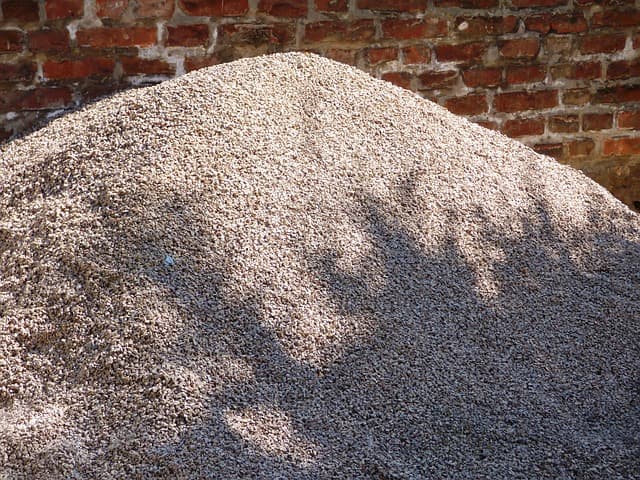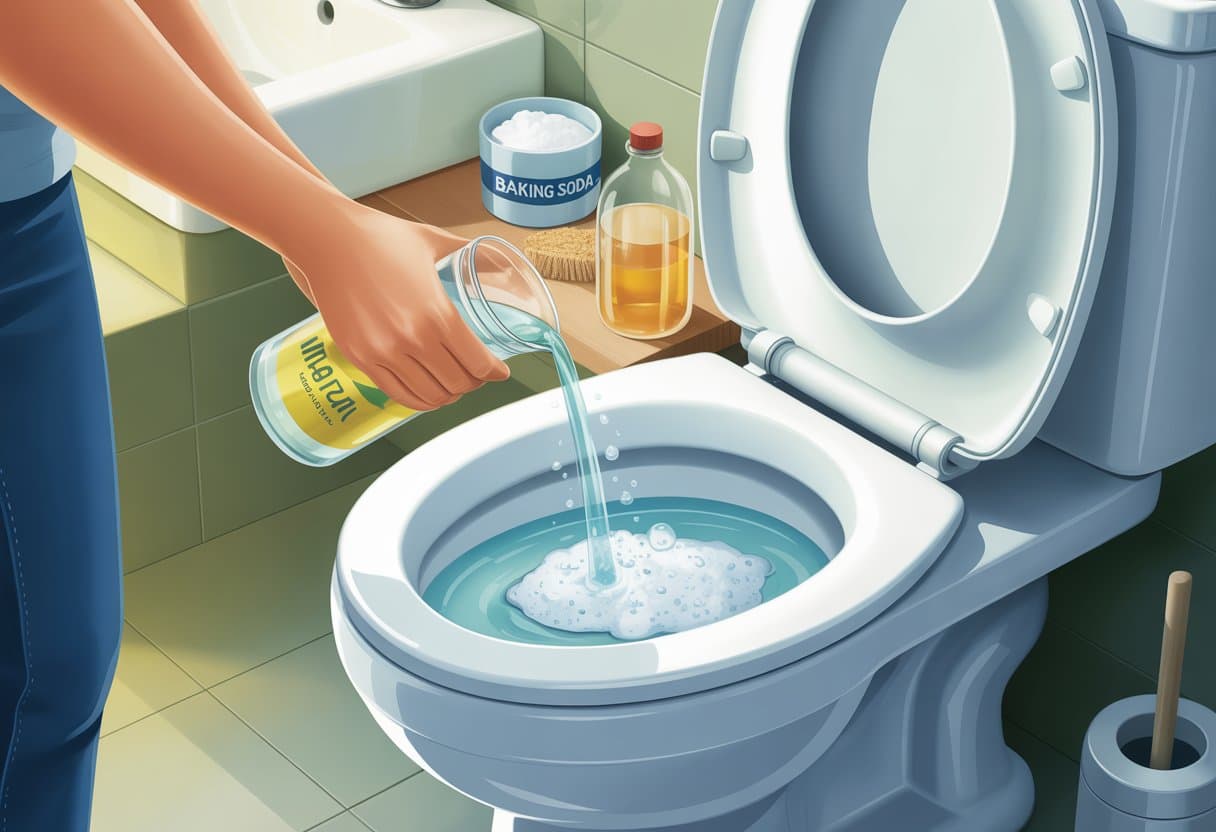French drains (sometimes called perforated pipe drain systems) are one of the simplest yet most effective solutions for managing water around a home. They’re meant to move water away from your property, preventing soggy spots, basement leaks, and long-term foundation damage. On paper, the idea looks easy: dig a trench, lay pipe, fill it with gravel, cover it back up.
But here’s the thing, we’ve seen plenty of “DIY” jobs where a drain system was thrown together without planning. And instead of solving the problem, it created new ones. Water still pooling in the yard, damp basements, or pipes clogging after the first rainy season. That’s why understanding not just the basics, but the actual design of a French drain system, is so important.
Know Your Soil Before Designing a French Drain
Your soil type sets the stage for everything. We’ve worked in yards across Everett, Edmonds, and Lynnwood where homeowners were shocked at how much difference soil makes.
For example, clay-heavy areas don’t play nice with water. Clay holds moisture, swells, and makes digging difficult. Too much clay in the wrong area reduces your drainage capacity drastically. On the other hand, sandy soils or loam allow water to pass through more freely, making a French drain design easier to build and maintain.
Quick test: scoop up a handful of wet soil, squeeze it, and see what happens. If it sticks together like modeling clay, expect challenges. If it crumbles easily, you’re dealing with soil that naturally supports better drainage.

Choosing the Right Drain Pipe for Your Drain System
Pipe choice can make or break the whole drainage system. A lot of DIY installs we’ve been called to repair started with the wrong pipe, too small, too thin, or not resistant to root intrusion.
When you’re designing a system, size your pipe larger than you think you’ll need. For example, if the area can drain about 3 inches of water per hour, don’t just install a 3-inch pipe, go with 6 inches to future-proof it. Bigger diameter means higher trench volume for water to flow and less risk of overflow.
Also, check the drain holes on your perforated pipe. These need to be evenly spaced and properly oriented to keep water moving without clogging. Pair that pipe with filter fabric wrapped around it, this stops sediment from entering and keeps the system running longer.

Gravel Matters: Why Size and Placement Count
Gravel isn’t just filler, it’s part of the design. The gravel volume around your pipe creates pathways for water to travel and prevents soil from pressing directly on the pipe.
Use medium-sized gravel, clean and angular, so it locks together and keeps debris out. Too big (like dumping rocks), and you lose flow. Too small, and everything compacts into a mess. We’ve seen homeowners use pea gravel without a fabric wrap, and within a year their drain pipe was choked with mud.
Tip: Always include filter fabric around your gravel bed. That extra layer of fabric creates separation between soil and gravel, increasing the lifespan of your drain system.

How to Slope a French Drain Properly
Slope is where even well-planned designs fail. If water isn’t flowing away from your house, it’s working against you.
The rule of thumb: about ¼ inch per foot of slope. That may not sound like much, but it’s enough to keep water moving downhill. Get it wrong and you could actually send water back toward your foundation. We’ve seen this mistake firsthand, a family in Edmonds had invested in what they thought was a solid French drain, only to find water running towards their basement because of improper slope.
Depth also matters. Your trench depth should be consistent so the water has a clear, predictable path. Too shallow and you’ll lose efficiency; too deep and you risk hitting utilities. Always call before you dig.

Adding a Catch Basin: Key Design Principles
A catch basin is like a relief valve for your drain system, it collects excess water and prevents overload. Without one, you risk water spilling over the system during heavy storms.
For example, one of our clients in Lynnwood had a yard that collected rainwater like a bowl. By adding a catch basin at the lowest area of the property, the water had somewhere safe to go instead of creeping toward the foundation.
Catch basins also tie into storm management. In some cases, they can be connected to a storm drain for even better long-term runoff control. But this requires planning, permits, and sometimes professional installation.

French Drain Diagram: Visualizing the System
Even if you understand the steps, it helps to see how all the parts connect. A drain diagram can show you pipe layout, slope, gravel placement, and catch basin position. Think of it as your roadmap before digging.
By sketching out your drainage system ahead of time, you’ll also get a sense of volume, how much gravel, pipe, and fabric you need. This reduces waste and keeps costs under control.
French Drain Design vs. DIY: When to Call the Pros
Sure, you can design and dig a trench yourself. But the difference between a working system and one that fails usually comes down to details, sizing, management of water flow, correct materials, and experience with tricky soil conditions.
Professional plumbers look at more than just water in your yard. They’ll assess the property, measure drainage capacity, calculate slope, and plan removal of excess water in ways that a DIY approach often overlooks.
And while it might seem like you’ll save money by handling it yourself, fixing a failed drain system often costs more than installing it correctly in the first place.
We’ve seen it happen: a homeowner in Everett installed their own drain, skipped the filter fabric, underestimated the trench volume, and by the next rainy season their basement was damp again. When we rebuilt the system with proper slope, gravel, and fabric, the problem was gone for good.
👉 If you’re thinking about installing a French drain on your property, or if you already have one that isn’t working, call Danika Plumbing. We’ll help you design the right drainage system for your soil, slope, and water flow. Don’t wait until the next storm to find out your system can’t keep up.



